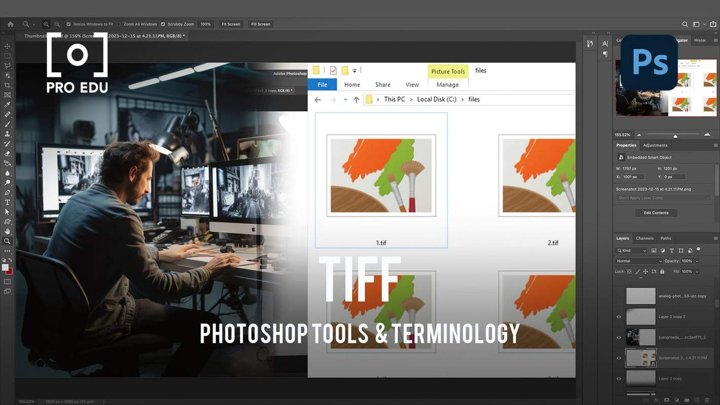Review: “TIFF is the default file format for most digital cameras. True or False?”
In today’s digital age, understanding the importance of image formats has become crucial for photography enthusiasts and professionals alike. When it comes to storing images from your digital camera, you may have come across various file formats, each with its own set of characteristics. One such format is TIFF (Tagged Image File Format), which has sparked debate over whether it’s indeed the default file format for most digital cameras.
Overview
In this review, we’ll delve into the world of image formats and explore the notion that TIFF is the default file format for most digital cameras. We’ll examine the benefits and drawbacks of using TIFF files, as well as alternative options available to photographers.
- TIFF: A Brief Overview
- The Truth About TIFF’s Default Status
- A Look at Alternative Image Formats
Review: “TIFF is the default file format for most digital cameras. True or False?”
In today’s digital age, understanding the importance of image formats has become crucial for photography enthusiasts and professionals alike. When it comes to storing images from your digital camera, you may have come across various file formats, each with its own set of characteristics. One such format is TIFF (Tagged Image File Format), which has sparked debate over whether it’s indeed the default file format for most digital cameras.
Pros:
- TIFF’s Lossless Compression: TIFF files use lossless compression, which means that images are stored with all their original data intact. This results in a large file size but preserves the image quality.
- High-Quality Image Preservation: Due to its lossless compression and high-quality encoding, TIFF files are ideal for storing images that require precise color representation, such as professional photography and graphic design work.
- Wide Compatibility: TIFF is a widely supported file format across various image editing software, making it easy to share and edit images with others.
Cons:
- Large File Size: Due to its lossless compression, TIFF files can be quite large in size, which may cause issues when working with limited storage space or uploading images online.
- Not Ideal for Web Use: The large file size and lack of compatibility with some web platforms make TIFF less suitable for sharing images directly on the web.
Summary of Opinion
After analyzing the pros and cons of TIFF file format, I believe it to be a reliable choice for storing high-quality images, especially for professional photography and graphic design work. Its lossless compression and wide compatibility make it an excellent option for preserving image quality. However, its large file size may pose issues for those working with limited storage space or sharing images online.
Before making a purchase, I suggest buyers checking for some good deals below.
Search on Amazon by clicking below:
Best wireless earbuds Reddit: Looking for the perfect pair of wireless earbuds? We’ve got you covered! Dive into our expert roundup to discover the top-rated earbuds on Reddit and find your new favorite buds. Read now!
What are all the different model numbers of the LG 55in UHD 4K Smart LED TVs: Are you in the market for a new TV? We’ve got the inside scoop on all the different model numbers of LG’s popular 55-inch UHD 4K Smart LED TVs. From C9 to XUM, find out which one is right for you. Click here!






